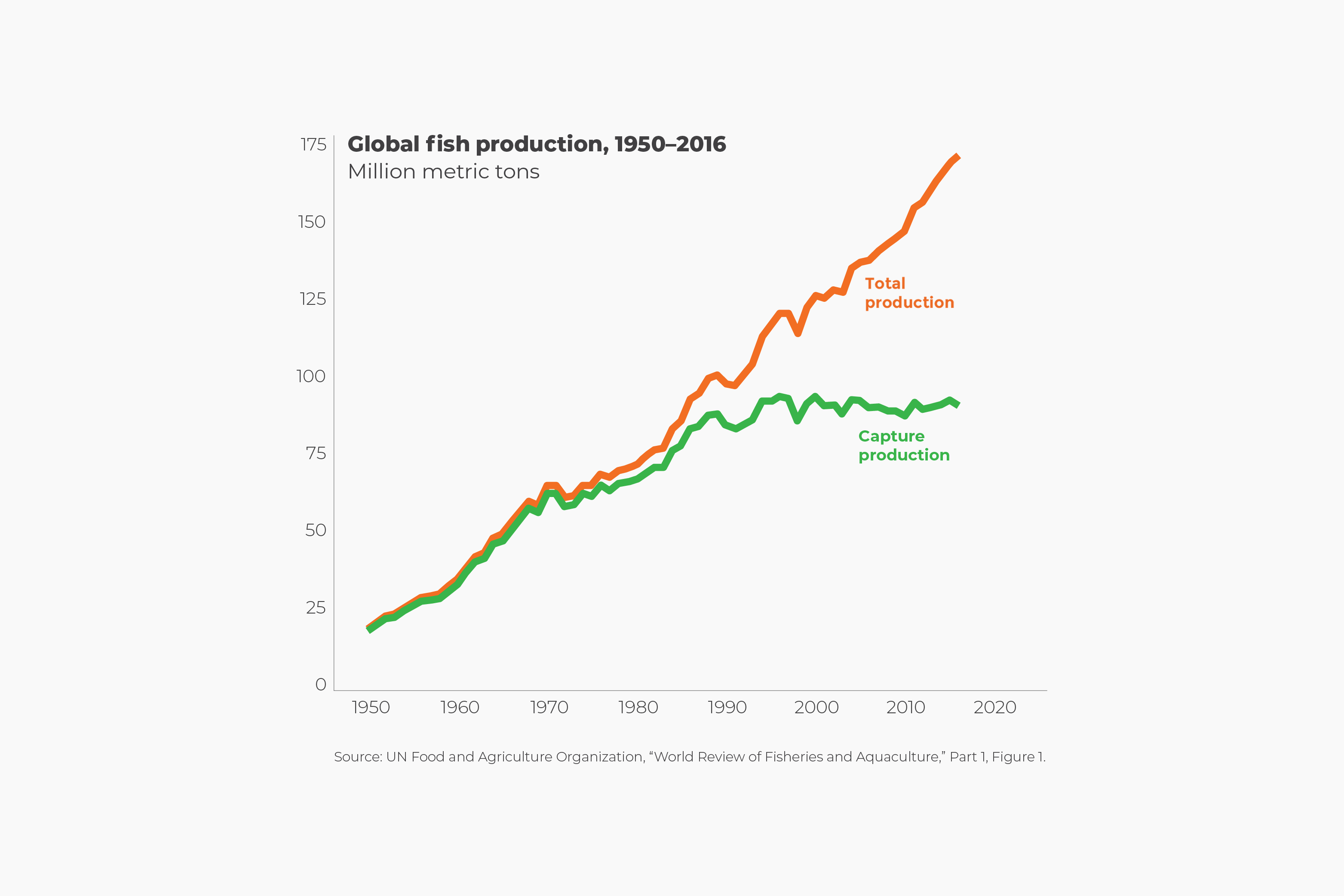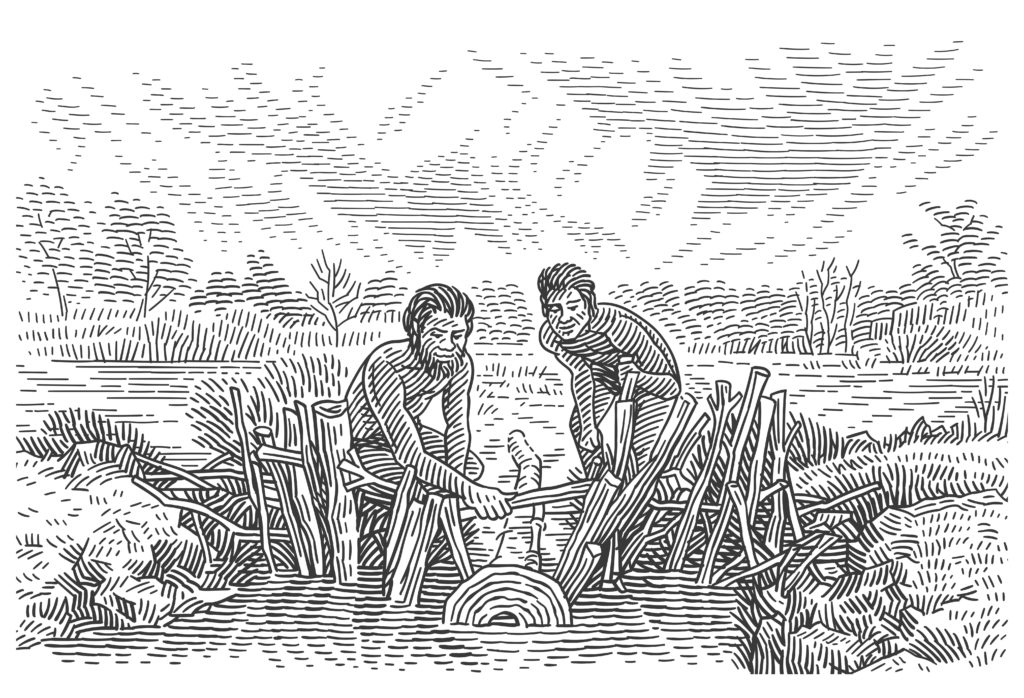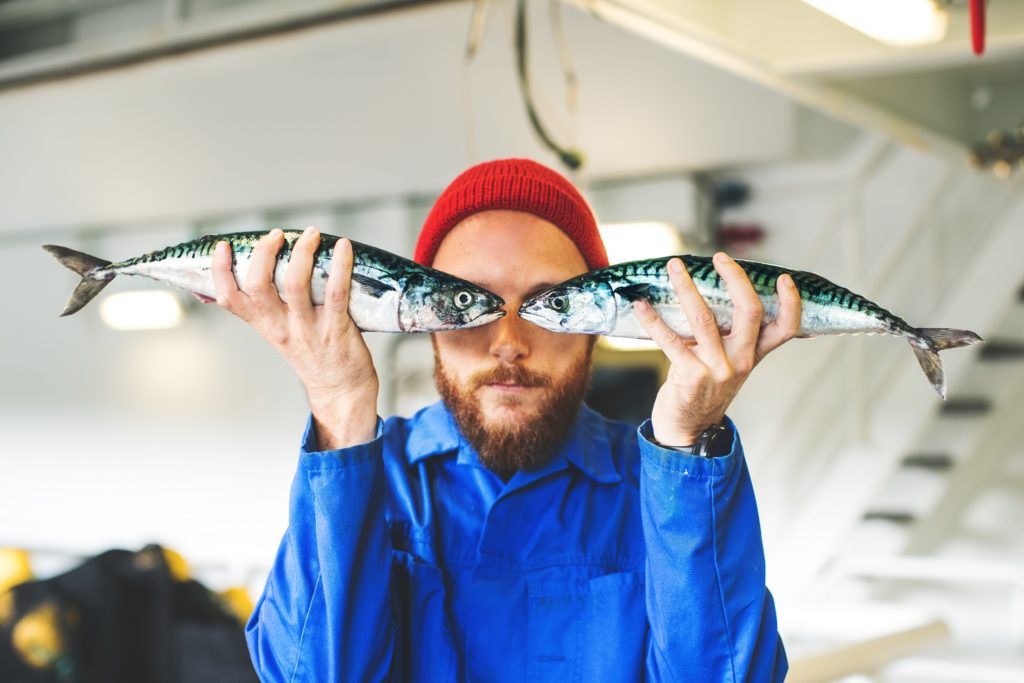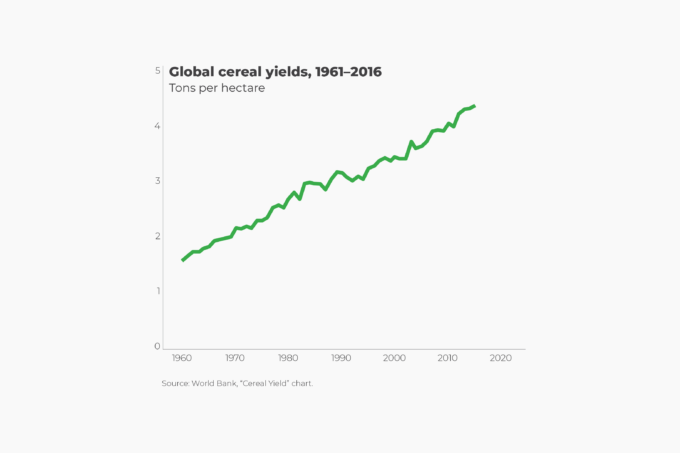People around the world are eating more fish. The Food and Agriculture Organization (FAO) reports that, in 2016, humanity consumed 171 million metric tons of fish, including finfish, crustaceans, and mollusks. Overall, fish accounted for about 17 percent of animal protein and 7 percent of all proteins that were consumed by the world’s population. According to the FAO, annual per capita fish consumption was around 6.5 kilograms (14 pounds) in 1950. Annual per capita consumption reached 20.3 kilograms (45 pounds) in 2016.
Wild-caught fish production rose between 1950 and 1996, from 18.71 million metric tons to 93.8 million metric tons. The annual production in wild-capture fisheries has been essentially flat, hovering around 90 million metric tons over the past two decades. Fish farming, however, has spectacularly boosted fish production.
In 1950, aquaculture produced less than a million metric tons of fish. In 2016, aquaculturists raised more than 80 million metric tons of fish—51 million metric tons on inland fish farms and 29 million metric tons at sea. With regard to wild-caught fish, the percentage of stocks fished at biologically unsustainable levels has unfortunately increased from 10 percent in 1974 to 33.1 percent in 2015, with the largest increases in the late 1970s and 1980s. From the sustainability point of view, therefore, the growth of aquaculture is largely a welcome development.
The FAO projects that total world fish production (capture plus aquaculture) will expand to reach 201 million metric tons in 2030. The major growth in production is expected to originate from aquaculture, which is projected to reach 109 million metric tons in 2030. That amounts to 37 percent growth between 2016 and 2030.








